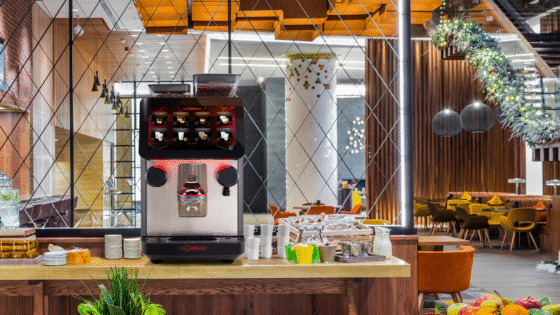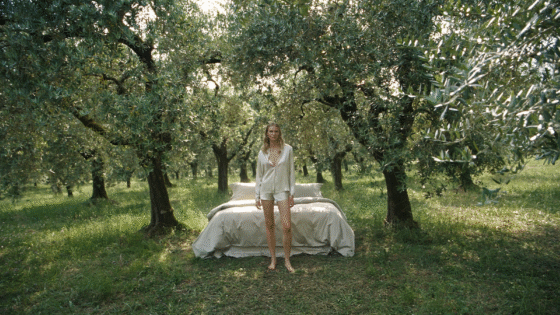To cut through the noise, Hotel Designs has teamed up with J Public Relations to ask how designers Rosendale Design, Nicola Harding, Goddard Littlefair and David Collins Studio are adapting to meet new demands from travellers. Editor Hamish Kilburn writes…
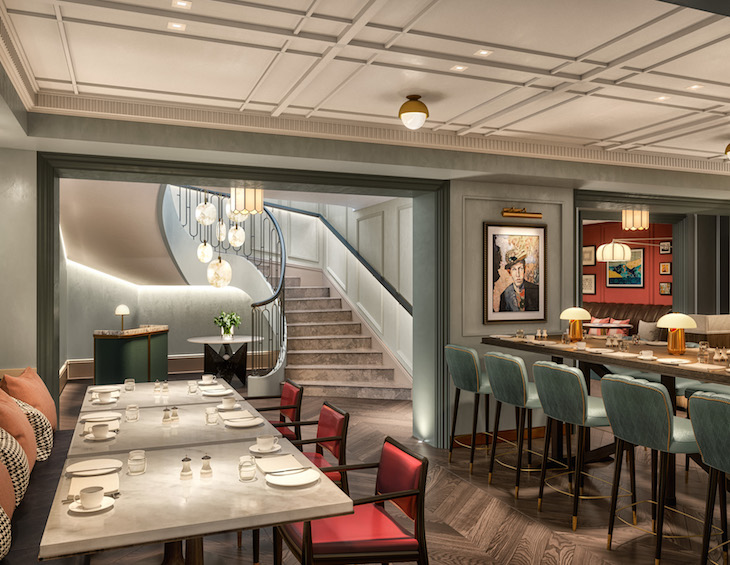
One thing that has become apparent as we stand in the eye of the pandemic storm is that no one yet has all the answers. From the number of panel discussions I have hosted recently, I have learned that designers, architects and hoteliers are adapting daily to new developments in the Covid-19 crisis, which is somewhat impossible when designing hotels that will open years from now.
In one discussion that took place during lockdown, Michael Bonsor, Managing Director of Rosewood London, said: “The concept of hospitality, which is third largest employer in the UK, has stopped. We are now questioning how long this will last for.”
In another more recent discussion, Mark Bruce, Director at EPR, gave a raw reflection of the international hotel design landscape. He said: “The truthful answer to that is that our clients are all trying to figure that [the impact of Covid-19] out themselves, which is why this discussion is very timely,” he said. “On the luxury end, customers want things to be the same but with more space. On the more lifestyle and budget end of the scale, travellers want confidence.”
While we can predict that the pandemic will change consumers views on health and wellness, there is not one solution that fits all. One conclusion that is fixed however is that it will be more of a challenge to implement social distancing in luxury hotels than it will be to adapt lifestyle hotels for the new demands of modern travellers.
Ahead of putting many of these questions forward at Hotel Designs LIVE, we asked a handful of hospitality luxury designers how the pandemic will impact the industry from a design perspective.
Rosendale Design (Norma, The Stafford Hotel, Jason Atherton’s restaurants and more…)
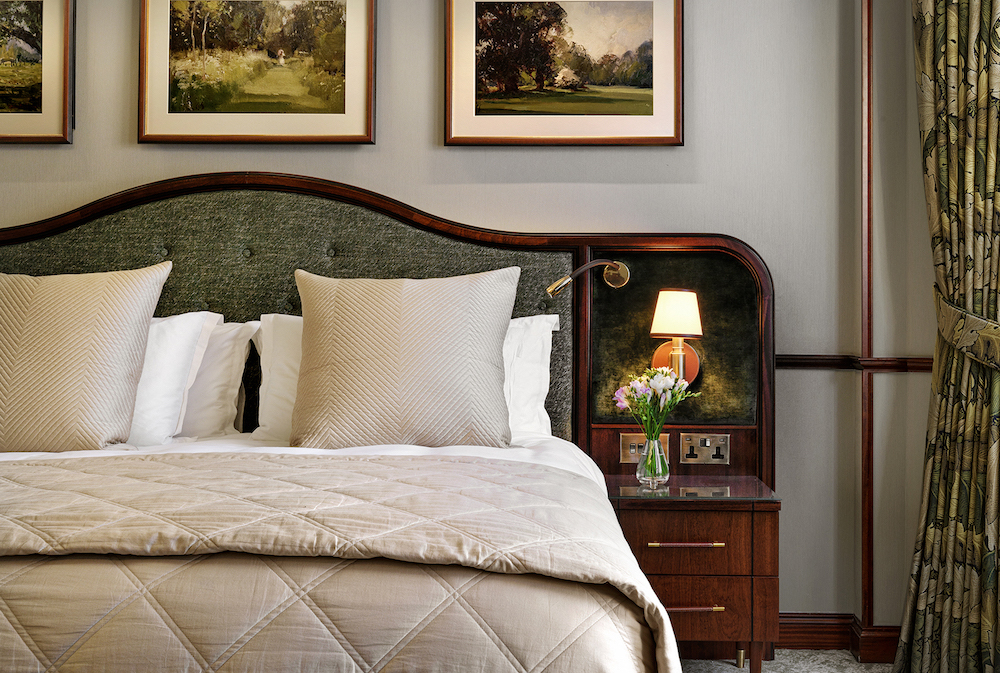
Image credit: The Stafford Hotel, London
“Terraces and outdoor spaces are now highly requested,” said Dale Atkinson, Founding Director of Rosendale Design. “This was once a ‘nice to have’ due to the unreliable weather in the UK, but now people feel safer eating and drinking outdoors.
“One material that will see a resurgence is copper, this is due to its anti-bacterial properties; it has a very warm appearance and used correctly can look quite refined, so can be easily detailed into various spaces.
“Internally, we must look to divide group of tables into their own ‘pods’ whilst still maintaining the buzz that people want to be a part of. Booth seating works well.”
Nicola Harding & Co – (The Mitre Hampton Court, The Rose at Deal, Beaverbrook & more)
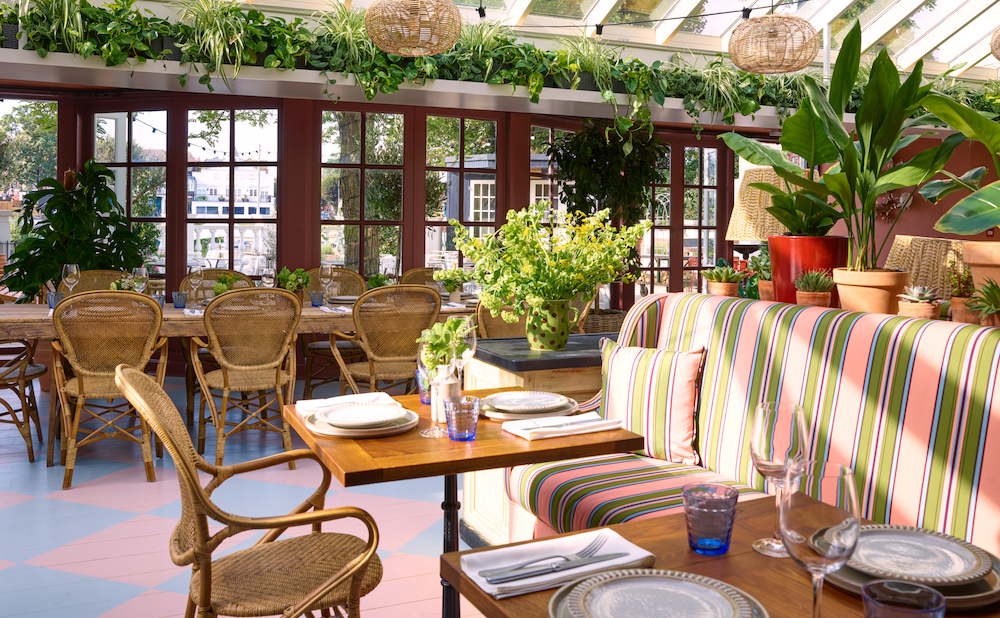
Image credit: The Mitre Hampton Court
“Now, I’m even more determined to create somewhere intoxicating, a place that will transport people from the stress and sadness of the last few months,” said designer Nicole Harding. “I’m thinking about more mini-bar provisions, more comprehensive room service offerings – e.g. we are designing little hampers for cocktails/breakfast/movie nights.
Goddard Littlefair — Jo Littlefair & Martin Goddard, Co-Founders — (The Mayfair Townhouse, Villa Copenhagen, Hans’ Bar & Grill, Principal Hotels and more)
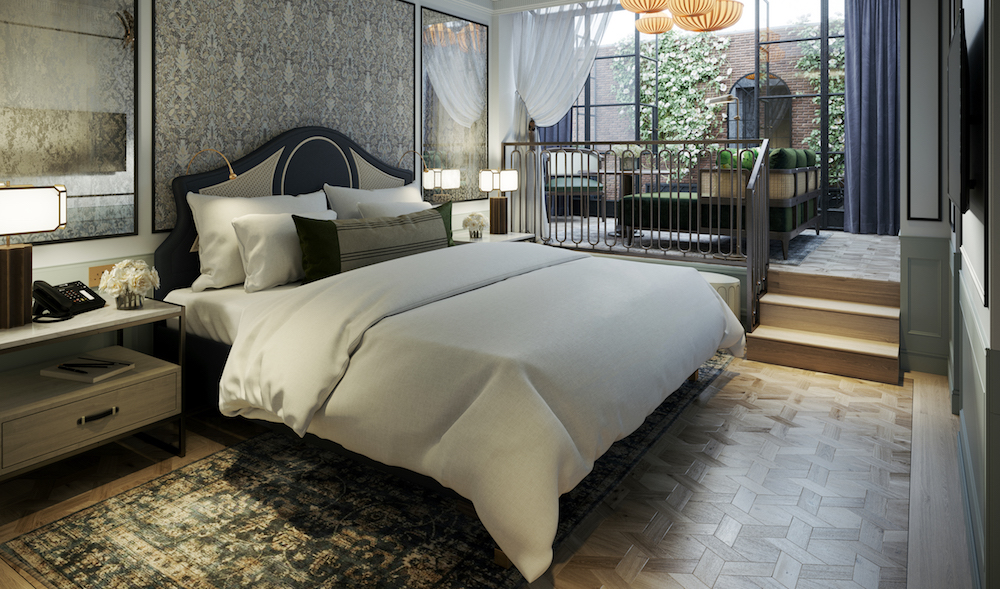
Image credit: The Mayfair Townhouse
“We may consider planning of spaces more,” says Jo Littlefair, Co-Founder of Goddard Littefair. “For example, so that pendants are positioned at heights that then don’t dictate where a table should sit, giving operators more flexibility to reposition furniture without looking out of place.
“Spa within a spa is a whole conversation around whether a spa is hygienic — whether people will want to embrace them,” adds Martin Goddard, Co-Founder of Goddard Littlefair. “I think we feel that health is something people are going to really concentrate on, and therefore wellness, and spas, and the facilities that they can offer, all strengthen that appeal.”
David Collins Studio — Simon Rawlings, Creative Director — (Nobu Hotel Portland Square, The Carriage House and Tack Bar at Adare Manor, Gleneagles & more)

Image credit: Adare Manor
“I think that we are going to see social and cultural attitudes and behaviours changing, rather than changes to the physicality of restaurants,” explains Simon Rawlings, Creative Director at David Collins Studio. “The times and places that people visit restaurants will change, for example, if people are working from home, perhaps they will clock off earlier for an early-evening dinner to fall in line with local curfews. They will likely stay local, meaning that neighbourhood restaurants will flourish whereas city centre restaurants may not garner the footfall they need – which I think very sadly is what we are seeing happen at the moment here in London.”
If you are a designer, architect or hotelier and would like to have your say on how the industry should prepare for the ‘new normal’, you can tweet us @HotelDesigns.
Main image credit: The Mayfair Townhouse

